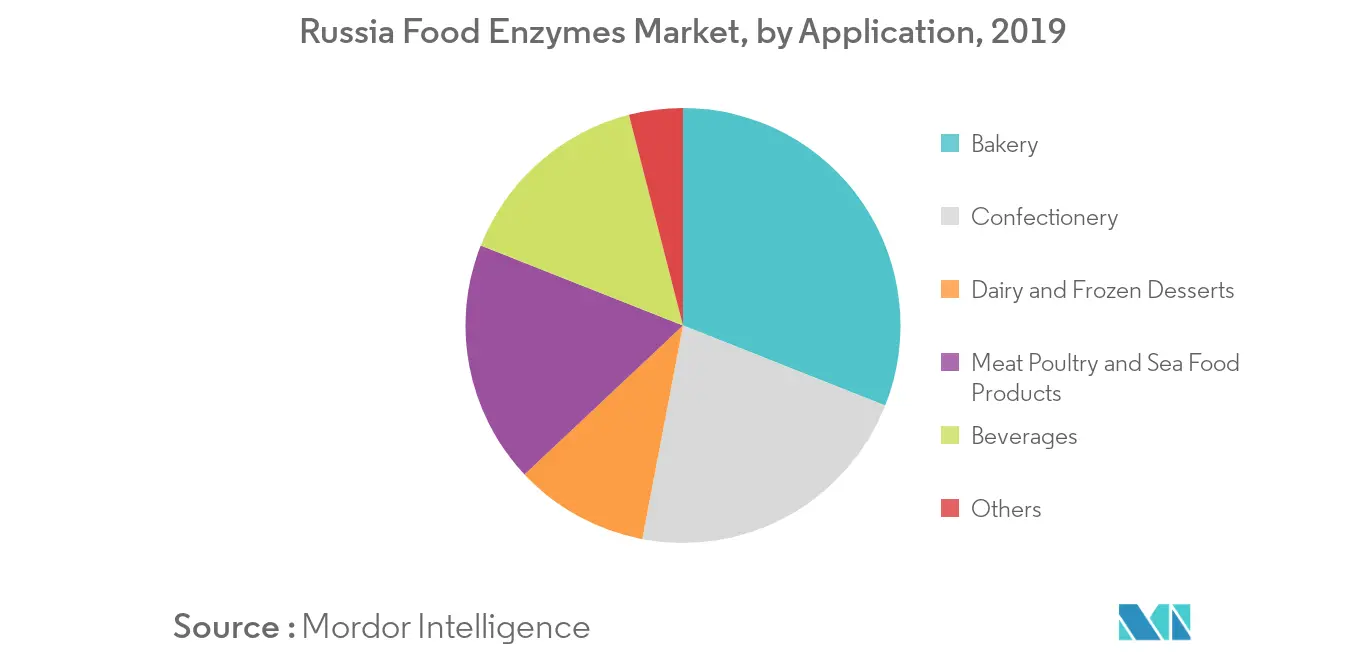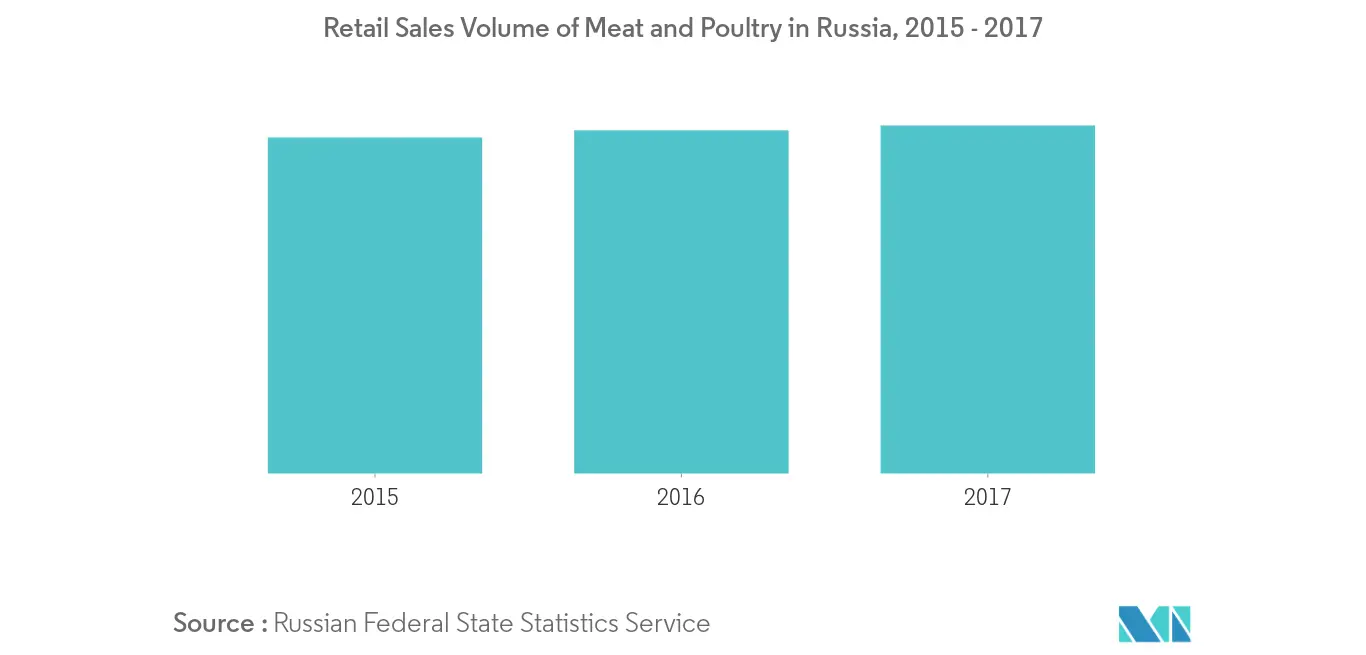Market Trends of Russia Food Enzymes Industry
Bakery & Confectionery leads the application segment
Across the bakery segment, Bread is a food product that is regularly consumed by the majority of the Russian population. For this reason, the bakery market is a kind of mirror that reflects the changes in the economic, social and legal growth in the country. The significant demand for bread in the country, as a part of daily consumption, has also facilitated the growth of food enzymes application altogether. Although the dietary bakery production officially remains almost at the same level every year, it demonstrates the increase in demand for better-for-you bakery product consumption. Furthermore, the bakery products with the high content of dietary fiber and cereals are have anticipated significant growth rates over the past years.

Processed meat, poultry & sea foods holds strong potential
The country has witnessed a growing demand for broiler meat from national retail networks and major fast food restaurants expanding to eastern regions, which are mostly in relation with favorable prices, good crops and weather that encouraged industry leaders to accelerate output. Leading broiler companies, mainly in the Russia, will account for most of the anticipated growth.
On the other hand, the growth of processed meat, poultry and sea food has witnessed an upsurge following consumers way of binge eating, out of home consumption and factors of convenience. This has led the food enzyme segment to play an active role in catering to the preservation of nutrient availability, flavor and texture acros processed meat. Fast-food restaurant chains tend to use mostly local ingredients which is aproximately 70 to 85% and create additional demand for broiler meat. Several fast-food chains have created fully integrated local supply chains. That being said, global food service retailers, such as McDonald's, operates 574 restaurants throughout the country, and gets 85 percent of its menu items from domestic suppliers.



